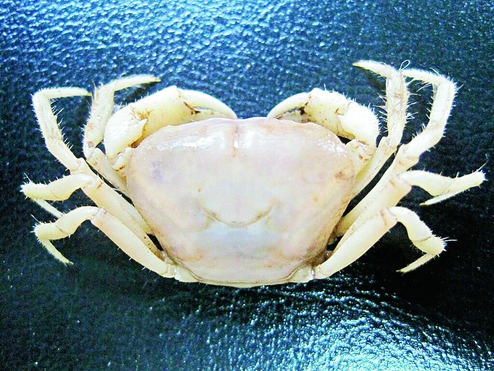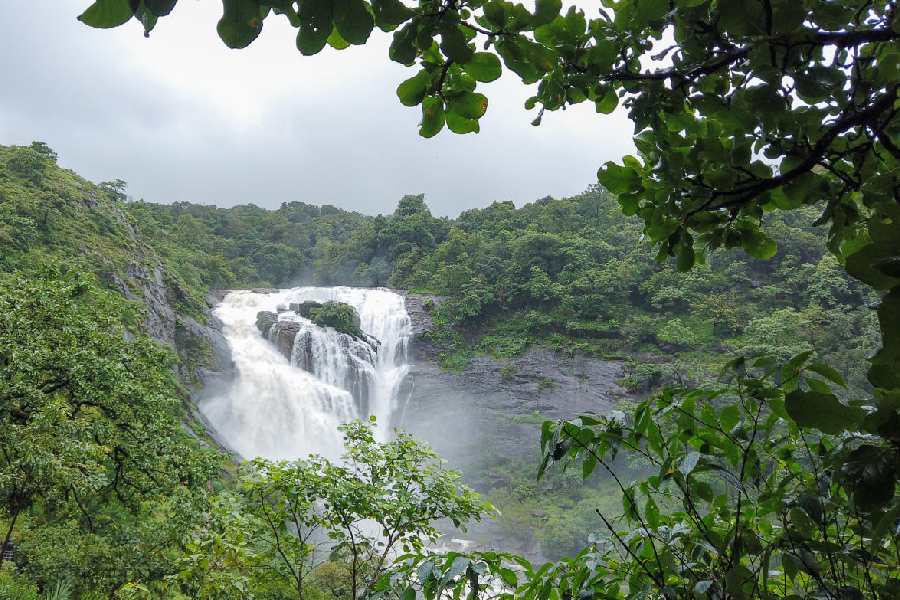
Guwahati: Scientists have spotted a blind freshwater crab in the Northeast for the first time.
Parveen Farzana Absar, who is studying MSc in Aligarh Muslim University, spotted the crab ( Teretamon spelaeum) at Krem (local term for cave) Khung in Larket village of East Jaintia Hills in March.
The finding has been reported in the current issue of scientific journal Zootaxa in an article authored by Absar, Santanu Mitra of Zoological Survey of India and Ilona Jacinta Kharkongor of North Eastern Regional Centre, ZSI, Shillong.
"The new species possesses several troglobitic (living entirely in the dark) characters and is considered to be the first cave crab reported from Indian territory," the article said.
Troglomorphism is the morphological adaptation of an animal to living in constant darkness of caves, characterised by reduced eyesight or blindness, where the temperature is more or less constant and food supply is limited.
Kharkongor said crabs were found in Siju cave earlier but they were not blind. "This new species is white in colour and blind and will not be found outside the cave environment," she said.
Kharkongor said Absar brought the crabs to her for identification. "I could not find characters similar to already known species from India, so I compared it with other species found in other parts of the world and still found nothing like it. This led me to suspect it could be a new species. I enlisted the help of my friend and colleague Santanu Mitra from ZSI headquarters. The crabs were sent to him and he confirmed it is a new species," she said.
Absar collected two small crabs from the muddy and waterlogged substrata about 200 to 500 metres from the entrance of Krem Khung.
"A characteristic feature of Krem Khung is its meandering nature which almost obliterates the transitional zone. So the dark zone starts within less than 100m of the entrance. The main track of the cave leads into a large chamber with a diameter of about 50 metres and height of about 8 metres. This Paradise chamber is spectacular from the point of view of speleological features. Its base is strewn with fallen boulders and it has development of multi-coloured stalactites, stalagmites and columns. The cave is estimated to be of Eocene age," the article said.










